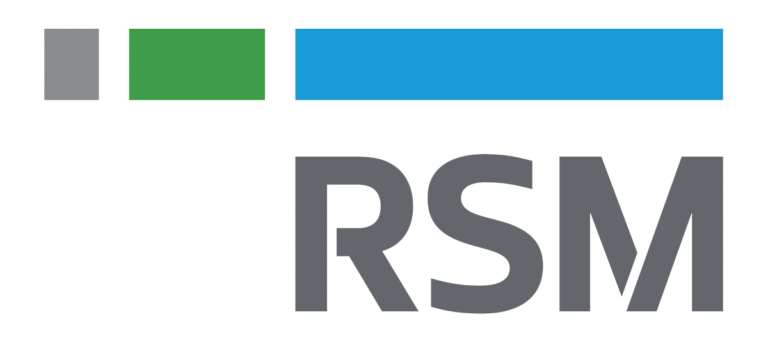
RSM Australia (www.rsm.global/australia) is a professional services firm with advisers in 30 offices across Australia. RSM Australia is part of RSM Global, the world’s sixth-largest audit, tax and consulting network. RSM Global nexus of member firms draws on more than 43,000 people in 800 offices across 120 countries to help guide clients through business challenges, both locally and seamlessly across borders.
“With any clustering technology, you need to be wary of what you’re doing to avoid having failover fail. But with SIOS DataKeeper, the system pretty much just manages and maintains itself…It just works!”
– Craig Hannagan, RSM Project Manager
The Environment
For years RSM Global had a collection of independent content management systems running across their 30 national offices. Craig Hannagan, RSM’s Project Manager was tasked with creating a single, centralized CMS that was highly available for over 1,200 users. After deciding on using iManage’s CMS product, they had to determine the best way to maximize availability.
The Challenge: Achieving Uptime on Azure
Having a highly available system was critical. “We could have hosted this centralized solution on-premises but as an existing Microsoft customer and given the inherent high availability of Azure, the public cloud was quite an attractive option for us,” Craig recalls. “We already had a Telstra MPLS network connecting all of our offices. So providing access into Azure was quite easy.”
After some initial research, however, the team discovered that Microsoft Azure could not achieve the uptime required without additional support. Specifically, the clustering on the Azure cloud did not support the disk sharing required to deploy SQL Server Standard Edition. “We could have used the Enterprise Edition to achieve always-on availability, but we didn’t’ want to just replicate databases. We wanted to actually replicate the entire instance of SQL Server to assure having an instant, seamless failover,” Craig explains.
The Evaluation
While searching the Internet for possible solutions, Craig and his team learned about Providence Solutions Australia (www.providencesolutions.com.au), uptime specialists with Asia Pacific reach. The team at Providence Solutions Australia recommended using SIOS DataKeeper. In addition to meeting all of the technical requirements, Craig was also impressed that SIOS DataKeeper was certified by Microsoft. “These two factors gave us confidence that we were not going to encounter conflicts between the two vendors.
The Solution for Azure High Availability & Disaster Recovery
RSM Australia is using SIOS DataKeeper to address the inability of Azure to use cluster-aware shared storage, such as a storage area network. To maximize high availability, the company deployed a third node on-premises in Sydney that serves as both a disaster recovery solution in the event of a total Azure failure and an “exit strategy” should they ever decide to leave Azure in the future. On-premises replication also facilitates unlocking the disc volumes to make periodic backups onto tape for permanent records retention.
According to Craig: “One thing we’ve found with Azure is while they offer various backup technologies within the cloud, if you want to leave for whatever reason, getting a copy of that backup can be fairly difficult. The fact that we’re able to get backups on our own tape media is a real bonus.”
The Results
“When it comes to the potential for a longer-term outage, such as a damaging storm, a terrorist attack, a fire, an earthquake, or even vandalism, Azure’s HA solution is not going to be able to cover us. Having that on-premises DR solution using SIOS DataKeeper enables us to initiate a disaster recovery at the push of a button,” says Craig. “And we can test our DR configuration whenever we want to make sure it will work if and when we ever need it.”
Craig and his team are completely satisfied with the reliability of SIOS DataKeeper: “With any clustering technology, you need to be wary of what you’re doing to avoid having failover fail. But with SIOS DataKeeper, the system pretty much just manages and maintains itself. During actual instances when Azure went down briefly causing the disks to get out of sync, the SIOS solution was able to self-heal. We do check on it every so often, of course, just to be 100 percent sure but, we don’t need to do anything on a day to day basis. It just works!”
Craig also appreciates the support he has received from Providence Solutions Australia noting, “We’ve only had to create a few trouble tickets, and they were all more about questions than actual problems. But the Providence team was there for us every time.”
Get a Free Trial of SIOS DataKeeper
